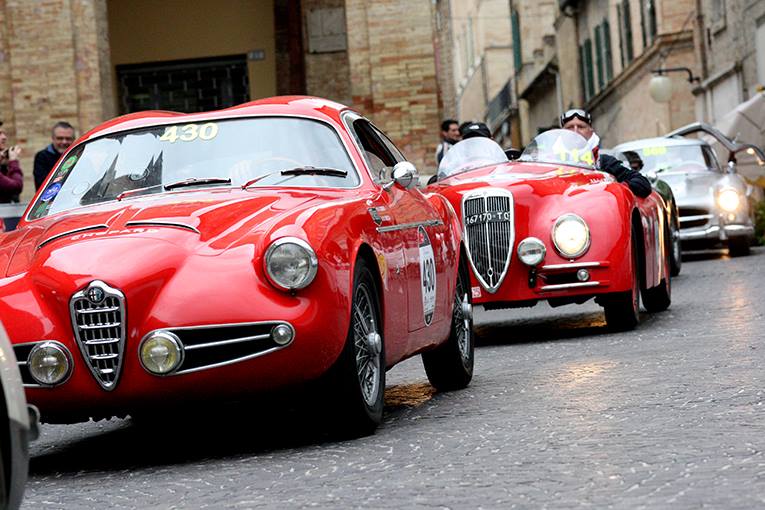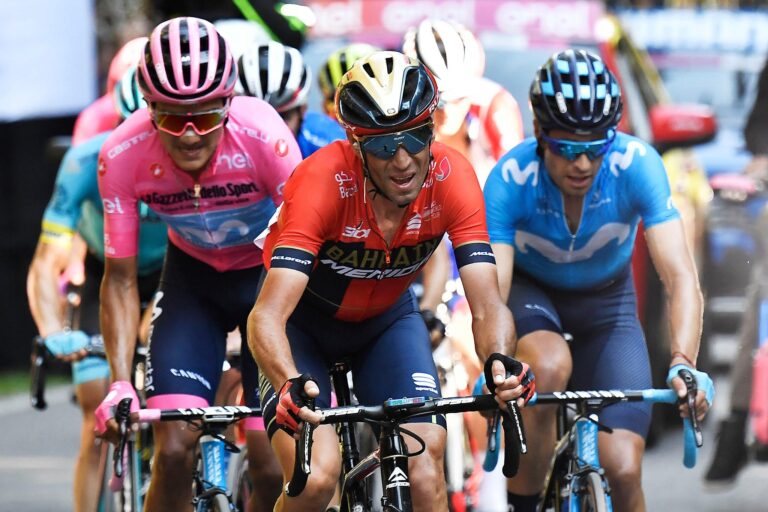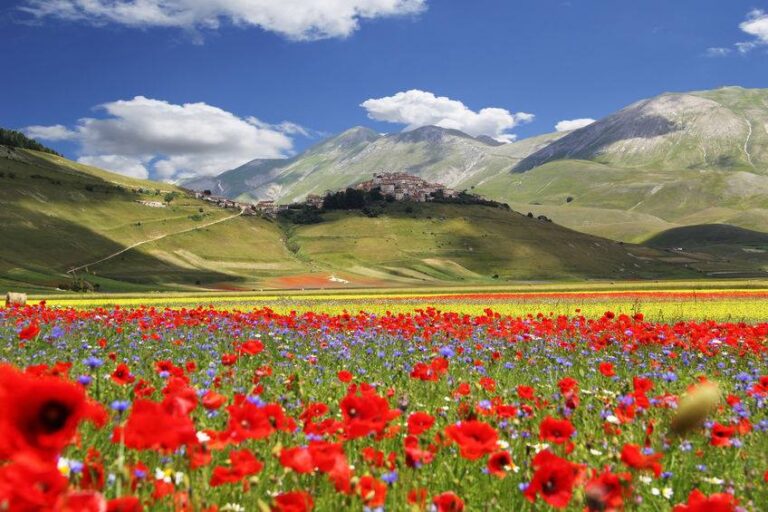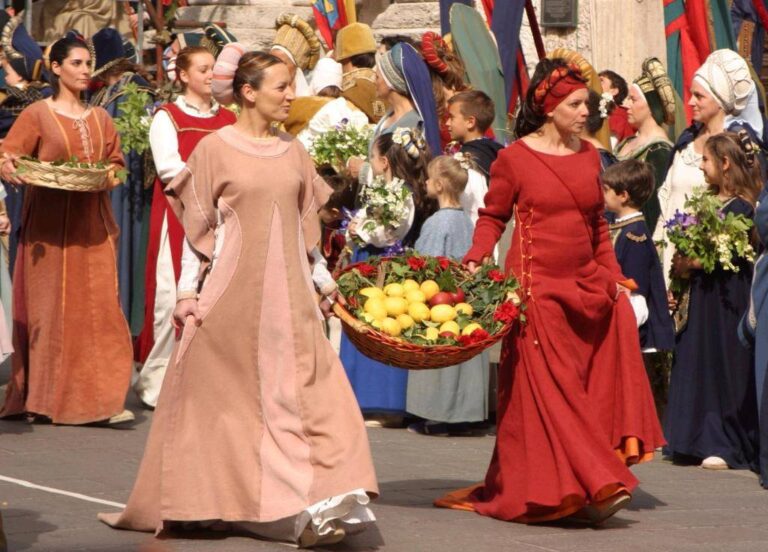Le Mille Miglia – A Wonderful Car Race
The most beautiful car race the world has ever seen!
A little of History
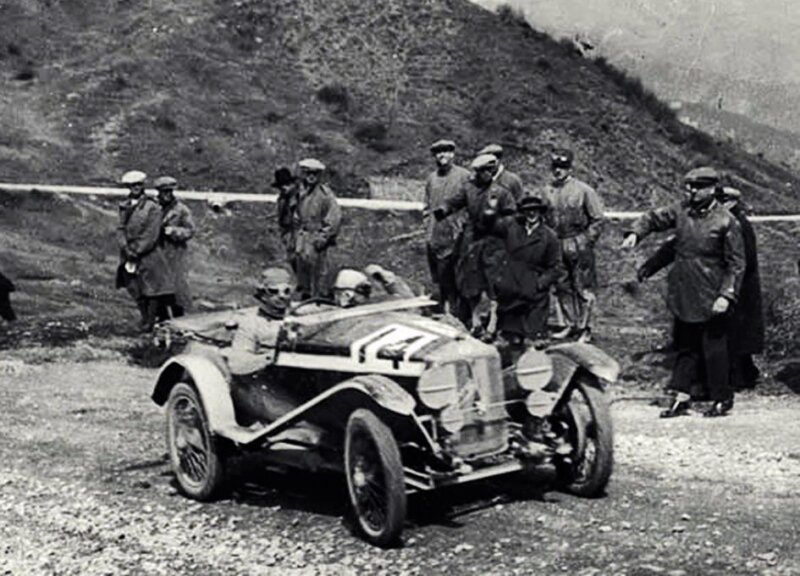
The name says it all. Le Mille Miglia was the most fascinating, popular, and nostalgic race of a thousand miles that was held in Italy from 1927 to 1957. It took place about 24 times between the pre and post-war periods. Thirteen races were held before the war and eleven after the war from 1947.
The grand sports event could showcase many cars like Targa Florio, Carrera Panamericana, MM made Gran Turismo, Alfa Romeo, Ferrari, Maserati and the Porsche.
Two men named Franco Mazzotti and Contes Aymo Maggi were actually responsible for the spectacular event. This was in response to a loss to Monza their hometown Brescia had faced in the Italian Gand Prix. They, along with the help of other wealthy associates decided to race from Brescia to Rome and come back on the same route. The route was eight-shaped to everybody’s surprise also covered 1000 Roman miles. The races that were held later followed many other courses that had different total lengths.
The Race Begins
On 26 March 1927, the first race was flagged off. There were about 75 starters and all were Italians. The winner of the race had completed it in about 21 hours and five hours. The local marque OM had conquered the top 3 places.
The racing was quite similar to modern-day racing. The cars had numbers painted on it depicting the time they would set off. This was to identify their performance as well. The competitors would need at least 16 hours more than the estimated time to reach the finishing point.
A remarkable event took place in the event of racing in the year 1930. The renowned Tazio Nuvolari was well behind other competitors when he dashed forth and caught up with one remaining competitor in front of him. He had switched off the headlights and followed Achille Varzi’s at Peschiera, something dramatic happened. Miraculously, he could overtake the car at the front and eventually win the race. Nobody could ever forget this special but spellbinding race!
Usually, all the winners were the local Italian drivers and marques also of Italy. Only three races were different and won by the Germans with their foreign cars. Rudolf Caracciola along with mechanic Wilhelm Sebastian won the race in their big supercharged Mercedes-Benz SSK in 1931. This was the first victory by any foreign driver. The victory also came as a surprise because he did not receive much support from his factory because of an economic crisis. He also did not find enough mechanics to assist him at service points. They had to hurry through Italy to reach the venue before the race began.
In 1938, there was an accident when the race was actually happening. A number of spectators were killed. So, Mussolini ordered to discontinue the event.
Post War Racing
After the war in 1940, the race was resumed. It was known as the Grand Prix of Brescia and held only on a 100 km course on the plains of Northern Italy. The race was to be completed in 9 lapses. The Ferrari marque with the Tipo 815 made its debut in this race.
Even after the war, Italians continued to win the races. The race was a single lap as it was earlier. The Mercedes made a comeback against the original Mercedes-Benz 300 SL Gullwing. The Carrera Panamericana scored second place with the German crew. But the Caracciola only crashed when trying for a comeback.
In the 1950s, some non-Italians managed to be victorious. To name a few are Wolfgang von Trips, Juan Manuel Fangio and Peter Collins. The Mercedes tried for a second time to make a comeback with more power known as the Mercedes-Benz 300 SLR and was based on the Formula One. In the same year, the well-known Juan Manuel drove alone since he considered road races to be dangerous and he had also lost his co-pilot in South America. But Hans Herrmann (German) and Stirling Moss (British) carried on with the support of navigators.
Hermann Eger and Hans Herrmann were considered to be the fastest in the early days. Due to a brake failure in 1955, Hermann had to abandon racing.
There was a fatal crash in 1957 and hence racing was banned. The accident took the lives of the driver Alfonso de Portago, his navigator and some eleven spectators near the village called Guidizzolo. The accident had occurred because of a blown tyre. In order to save time, the Ferrari team had not changed the tires. Later, the manufacturers were sued and blamed for the happening.
Winners of the Mille Miglia Storica
| Year | Winners | Model |
| 1977 | Hepp / Bauer | Alfa Romeo RLSS |
| 1982 | Bacchi / Montanari | O.S.C.A MT 4 – 1956 |
| 1984 | Palazzani / Campana | Stanguellini 1100 S – 1947 |
| 1986 | Schildbach / Netzer | Mercedes-Benz SSK – 1929 |
| 1987 | Nannini / Marin | Maserati 200 SI – 1957 |
| 1988 | Rollino / Gaslini | Fiat 1100 S MM – 1948 |
| 1989 | Valseriati / Favero | Mercedes-Benz 300 SL – 1955 |
| 1990 | Agnelli / Cavallari Cisitalia | 202 SC – 1950 |
| 1991 | Panizza / Pisanelli | Renault 750 Sport – 1954 |
| 1992 | Canè / Galliani | BMW 507 – 1957 |
| 1993 | Vesco / Bocelli | Cisitalia 202 SC – 1948 |
| 1994 | Canè / Galliani | Lancia Aurelia B 20 – 1957 |
| 1995 | Ferrari / Salza | Abarth 750 Zagato – 1957 |
| 1996 | Canè / Galliani | BMW 328 MM – 1937 |
| 1997 | Valseriati / Sabbadini | Mercedes-Benz 300 SL Pr – 1952 |
| 1998 | Canè / Galliani | BMW 328 MM – 1937 |
| 1999 | Canè / Auteri | Ferrari 340 MM – 1953 |
| 2000 | Canè / Galliani | BMW 328 MM – 1937 |
| 2001 | Sisti / Bernini | Healey Silverstone – 1950 |
| 2002 | Canè / Galliani | BMW 328 Touring – 1940 |
| 2003 | Sielecki / Hervas | Bugatti T 23 Brescia – 1923 |
| 2004 | Canè / Galliani | BMW 328 MM Coupè |
| 2005 | Viaro / De Marco | Alfa Romeo 6C 1500 S |
Millions of sports lovers, motor enthusiasts and romantic men just wait for the Mille Miglia in order to experience the adventure attached to it. One will have to fight along the roads with their cars and move along narrow and cheering crowds through unknown roads. It is said that the competitors are more than satisfied if they are able to finish the race, leave alone winning it.
Today, the biggest difference is that the cars and the roads are modified to suit each other. The event was also a grand success in terms of technological advancements. The cars that competed each year were being modified each time they came to the road. The cars were more fast, powerful, and also reliable. This has enabled the Brescian car race to be etched in the history of automobiles and be considered as a milestone for the same.
